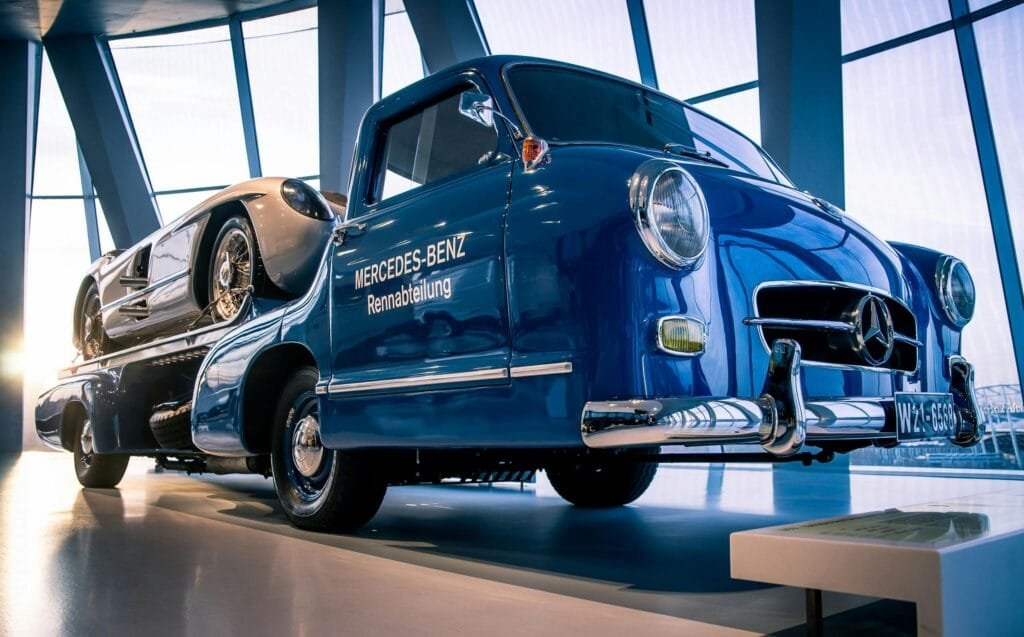When your vehicle breaks down or gets stuck, calling for a tow truck Darwin service might be the first thing that comes to mind. But not all towing jobs are the same. Different vehicles, situations, and load capacities require different types of equipment. That’s where understanding the difference between heavy-duty and light-duty towing becomes essential. Knowing which one you need can help you save time, money, and stress, and ensure your vehicle is handled safely from start to finish.

What Is Light-Duty Towing?
Light-duty towing refers to services for standard vehicles such as cars, sedans, small SUVs, and motorcycles. These are the most common types of tows and typically involve quick roadside recoveries, transportation after minor accidents, or assistance with mechanical failures such as dead batteries or flat tires.
Equipment Used:
Light-duty tow trucks are often tilt-tray or flatbed models equipped with hydraulic systems that allow operators to load and transport vehicles safely without causing damage. Wheel-lift tow trucks are also common for shorter distances, allowing quick hook-and-lift operations when space is tight.
When It’s Needed:
Light-duty towing is ideal for:
- Standard passenger vehicles
- Compact and mid-size SUVs
- Small vans or utes
- Motorcycles or scooters
- Low-clearance or damaged cars that can’t be driven safely
In most cases, these jobs are fast and straightforward. The focus is on efficiency and preventing further wear or damage during the towing process.
What Is Heavy-Duty Towing?
Heavy-duty towing handles large, heavy, or specialized vehicles that exceed the weight or size limits of light-duty trucks. These include commercial trucks, buses, semi-trailers, large vans, and heavy machinery. Unlike light-duty jobs, heavy-duty tows require advanced equipment and experienced operators trained to handle complex recoveries.
Equipment Used:
Heavy-duty tow trucks feature powerful winches, reinforced booms, and air brakes designed to manage loads well above standard towing capacities. These trucks often include multi-axle systems for stability and can recover vehicles from ditches, mud, or steep inclines. Some even have rotating booms for precision when space is limited.
When It’s Needed:
You’ll need heavy-duty towing if you operate or encounter:
- Commercial trucks or trailers
- Buses and coaches
- Construction or agricultural machinery
- Oversized vans or delivery vehicles
- Vehicles involved in major collisions or off-road recovery situations
These recoveries often require additional planning, including securing special permits and coordinating safe routes for transporting oversized loads.
Key Differences Between Light-Duty and Heavy-Duty Towing
| Feature | Light-Duty | Heavy-Duty |
| Vehicle Type | Cars, small SUVs, and motorcycles | Trucks, buses, heavy machinery |
| Equipment | Flatbed or wheel-lift tow trucks | Large tow rigs with reinforced frames and winches |
| Weight Capacity | Up to 4 tons (approx.) | 4 tons and above |
| Response Time | Typically faster | May require specialized scheduling |
| Skill Level | Standard towing certification | Advanced training and heavy-vehicle handling |
The major difference comes down to capacity and complexity. Light-duty towing focuses on smaller, everyday recoveries, while heavy-duty towing involves greater risk, more powerful machinery, and specialized expertise.
How to Know Which Service You Need
If you’re unsure which towing option suits your situation, consider your vehicle’s weight, size, and location. A light-duty tow truck can easily handle a compact car on a paved road, but a fully loaded truck or piece of equipment stuck in soft ground will need heavy-duty support.
In emergencies, most professional towing companies can assess your situation by phone or on-site. Providing details such as your vehicle type, approximate weight, and whether it’s drivable helps dispatchers send the right truck the first time.
Safety and Professionalism Matter
Regardless of towing type, safety should always come first. Professional operators conduct site assessments, use high-quality straps and rigging, and secure your vehicle carefully before transport. Regular maintenance of tow trucks, clear communication, and transparent pricing are also key indicators of a trustworthy towing service.
Reliable operators provide photo confirmation, estimated arrival times, and clear explanations of charges before proceeding. Choosing a towing company that values professionalism ensures that your vehicle, whether it’s a compact sedan or a heavy-duty rig, arrives safely at its destination.
Final Thoughts
When your vehicle breaks down, having the right tow truck Darwin service makes all the difference. Light-duty towing provides quick, efficient assistance for smaller vehicles, while heavy-duty towing delivers the strength and precision needed for extensive or specialized recoveries.
By understanding which service fits your situation, you can make an informed decision, minimize damage, and get back on the road faster. Whether it’s a small car that won’t start or a truck that needs recovery, knowing the difference between heavy-duty and light-duty towing ensures you’re prepared for whatever comes your way.
